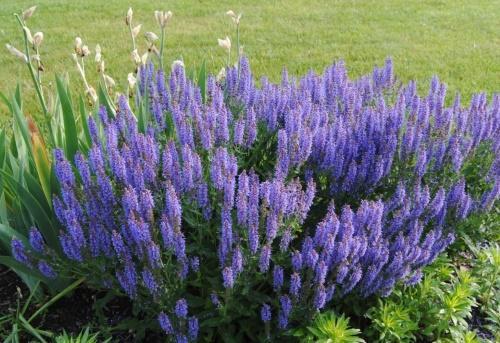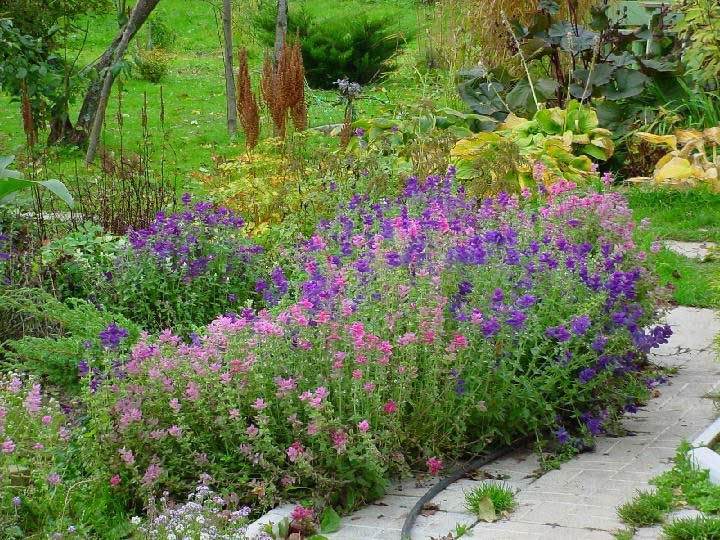Discovering the secrets of how to grow sage in the garden
 Sage can be called a unique plant due to its versatility. Judge for yourself: lush bushes with many branchy shoots from summer to the very frost will decorate the garden with their flowering. In addition, most plant species have medicinal properties and are used in folk medicine. And weed with an original and rich aroma can be added to meat, fish dishes and even salads. Do you want such an "original" for yourself? Then we suggest learning how to grow sage in the garden.
Sage can be called a unique plant due to its versatility. Judge for yourself: lush bushes with many branchy shoots from summer to the very frost will decorate the garden with their flowering. In addition, most plant species have medicinal properties and are used in folk medicine. And weed with an original and rich aroma can be added to meat, fish dishes and even salads. Do you want such an "original" for yourself? Then we suggest learning how to grow sage in the garden.
Choosing a landing site

With respect to the soil, it should be loose and moderately nutritious. Excess nutrition, especially organic matter, will lead to stretching of the stems and impairment of flowering. Sage grows best on sandy soils.
If clay soil prevails on your site, in the fall "dilute" it with sand with a small amount of humus and dig it up.
Determine the timing and methods of planting sage
 The most affordable way is to grow sage from seeds. They can be sown:
The most affordable way is to grow sage from seeds. They can be sown:
- in the month of March for seedlings;
- at the end of April - at the beginning of May directly into the open ground.
If you have warm winters, it is possible to sow sage in the garden in the month of October.
Annual and perennial sage varieties are grown as a horticultural crop. However, keep in mind that the latter do not winter well everywhere.
How to grow sage: care secrets
 In natural conditions, sage is not particularly fond of attention. Even on poor soils, it grows well by itself, enduring drought and continuing its genus by self-seeding. If you want your bushes to be more lush and bloom profusely, you should give them a little time:
In natural conditions, sage is not particularly fond of attention. Even on poor soils, it grows well by itself, enduring drought and continuing its genus by self-seeding. If you want your bushes to be more lush and bloom profusely, you should give them a little time:
- At first, while the plant gets stronger, water the garden regularly. Also, do not forget about this if the summer was rainless.
- To build a lush cap, decorative species can be fed once before flowering with nitrogen preparations. Perennials are also fed in the fall with a mineral complex for better wintering.
- Repot perennial sage every 4-5 years, separating the overgrown bushes.
- Prune perennial species in the fall or spring.
- Cover the remaining wintering plants with fallen leaves.
It is better to collect sage before flowering or during it, tearing off the tops of the shoots. Raw materials must be dried and stored in paper bags or glass containers under a lid.